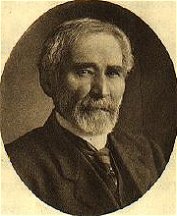 William
Henry Hudson, the son of Anglo-American immigrants, was born in
an estancia house – Los 25 Ombues, near the Chichitas river in the district
of Quilmes, Province of Buenos Aires, Argentina – on the 4th of August
1841. This was the house associated with his earliest and happiest memories.
Naturalist, novelist, short story writer, Hudson is one of those writers
whose work awaits rediscovery by each new generation. In 1885, W. H. Hudson
published The Purple Land, a novel about the Banda Oriental, in present-day
Uruguay. It is an account of a South American arcadia, a pleasant wilderness
that might, if history had turned out differently, have become another
British colony (the subtitle of the novel is The Purple Land that England
Lost). There are passages in this work which extol the virtues of British
colonial rule. The hero, Richard Lamb, bitterly condemns the generals who
traded 200 British soldiers for the freedom of Uruguay, which thereupon
fell, as he see it, into the hands of the local rabble. Hudson was a man
with a dual allegiance – to England, the land of his ancestors, and Argentina,
the land of his childhood. William
Henry Hudson, the son of Anglo-American immigrants, was born in
an estancia house – Los 25 Ombues, near the Chichitas river in the district
of Quilmes, Province of Buenos Aires, Argentina – on the 4th of August
1841. This was the house associated with his earliest and happiest memories.
Naturalist, novelist, short story writer, Hudson is one of those writers
whose work awaits rediscovery by each new generation. In 1885, W. H. Hudson
published The Purple Land, a novel about the Banda Oriental, in present-day
Uruguay. It is an account of a South American arcadia, a pleasant wilderness
that might, if history had turned out differently, have become another
British colony (the subtitle of the novel is The Purple Land that England
Lost). There are passages in this work which extol the virtues of British
colonial rule. The hero, Richard Lamb, bitterly condemns the generals who
traded 200 British soldiers for the freedom of Uruguay, which thereupon
fell, as he see it, into the hands of the local rabble. Hudson was a man
with a dual allegiance – to England, the land of his ancestors, and Argentina,
the land of his childhood.
A great part of Hudson's
originality can be traced to his biculturalism. Hudson's South American
romances are unique works of fiction, with their exotic subject matter
and rambling Quixotic narratives written in elegant English prose. Hudson's
reputation with the English-language public has declined since Virginia
Woolf praised his work in the Common Reader. However, his novel Green Mansions
(1904 ), with its romantic story of the pursuit of the bird girl, Rima,
has never been out of print . His autobiographical memoir, Far Away and
Long Ago (1917), gives an account of his childhood on the pampa. If he
had written nothing else, Hudson would be remembered for this poignant
memoir which also contains most of the autobiographical material available
to the student or researcher. The Hudsons' attempt to settle on the pampa
at Quilmes was a slow decline into something near ruin. William's father
had to give up sheep farming, sell off his land and open a grocery store.
This too failed, and eventually he had to eke a living from growing potatoes.
The humiliation of this early family defeat marked Hudson for life, eventually
driving him at the age of 32 into a kind of exile in London. Yet, for the
child, there were compensations: the family house was full of books and
it was possible to get some sort of an education from the travelling schoolteachers
who would turn up from time to time and stay for a while. After catching
rheumatic fever from a exposure to a hailstorm while out herding cattle,
the adolescent Hudson was accorded some of the privileges of the invalid,
wandering alone on the plains, observing animals and birds, but also taking
careful note of the habits and idiosyncrasies of the human inhabitants.
For Hudson, no distinction can be made between the world of humans and
the world of animals. All life is endowed with a specific genetic history
and adapts to the conditions in which it finds itself. Aware of Darwin's
Origin of Species, Hudson believed that nature is not cruel, but merely
indifferent to that fate of humans. It was thus in early life that Hudson
developed the powers of observation and passion for wildlife that turned
him into a naturalist. Before he turned to writing as a full-time profession
, he was a professional ornithologist and bird collector, shipping specimens
to museums in Britain and the USA. One of his biographers describes him
as even looking like a bird, with his eagle's beak of a nose.
In 1874, he departed for
England, the land of his grandfather and his American mother's ancestors.
When his brother saw him off on his final journey to England he said: “Of
all the people I have ever known you are the only one I don't know.” This
statement still stands as a salutory warning to biographers ( see for example
W. H. Hudson, Ruth Tomalin, Faber 1982). In London he met and married a
decent older woman who owned a bare and gloomy London boarding house. His
friend and first biographer, Morley Roberts, called it “a grim jail” which
held “a prisoner of genius, whose only true home was under the open sky”
(Morley Roberts, Eveleigh Nash and Grayson 1924). It was hardly a love
match, and there were rumours of passionate love affairs. However, his
wife's income from boarders and the free lodgings she provided enabled
Hudson to develop his writing career during the difficult early years.
All his work was written in English and first published in Britain between
1885 and 1922. Outwardly, his life during his English exile was uneventful,
yet his writings give off a sense of painful regret for a lost Eden. As
a writer of sketches and essays on nature themes for the London journals,
he liked to explore the countryside of Southern England, staying in country
inns or private lodgings from where he wrote letters to his friends. Books
like Nature in Downland (1910) and A Shepherd's Life (1910) caught
the nostalgic mood of the Edwardian period, and link him with the gentleman
naturalists of the English tradition such as White of Selborne and his
Sussex-based contemporary, Richard Jefferies, who died while still young.
He was more than a sentimental naturalist, however: he was an accurate
and dispassionate observer of the whole dynamic pattern of the English
countryside, people, animals, crops, trees and plants. For ornithologists,
his Birds of the River Plate is an indispensable reference and valuable
collectors' item. Hudson was a pioneer in the field of ecology. He was
a dedicated conservationist, and was particularly concerned with the protection
of living birds.
For the Argentine reader
his work in Spanish translation (he wrote exclusively in English ) has
made a unique contribution to criollo literature and has enabled the creation
of the national myth of a gaucho nation. His South American romances, and
his nature writings – especially A Naturalist in the River Plate (1892)
and Idle Days in Patagonia (1893) – are required reading by Argentine school
children in Spanish language translation. Despite Hudson's pro-British
attitudes, he always saw himself as one of the poor and powerless, representative
of a culture that is still politically unformed and vulnerable and of a
continent in which democracy and the rule of law are still rare. It was
that semi-barbarous life of the plains that Hudson remembered and celebrated
in his childhood memoir and masterpiece Far Away and Long Ago.
This extraordinary book is the result of a period of Proustian recall which
was triggered by being confined to bed when he was already an old man.
There is a memory of an adored mother and a childhood lost and hyper-sensitivity
and the love of solitude mingle with a sense of permanent exile, as if
he has been shut out of some original Eden. Fear of extinction drove Hudson's
passionate recourse to memory as the only means of preserving the past
and language becomes the vehicle of that memory and the only refuge against
extinction. If we want to discover the uniqueness and originality of Hudson,
however, we must return to his criollo work. Among Argentine critics, his
reputation has been well served by Ezequiel Martinez Estrada whose book,
El Mundo Maravilloso de Guillermo Enrique Hudson (1951), contains an interesting
account of Hudson's metaphysical world. For Estrada, Hudson is the supreme
interpreter of Argentine reality “Nuestras cosas no han tenido poeta, pintor
ni interprete semejante a Hudson, no lo tendran nunca”. For Jorge Luis
Borges Borges, The Purple Land bears comparison with Huckleberry Finn as
a great novel of the Americas.
|

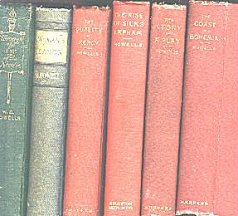
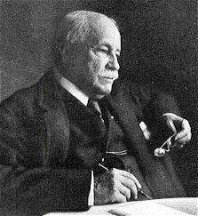
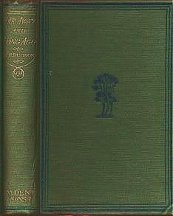
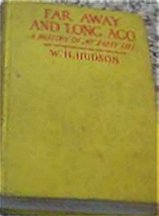

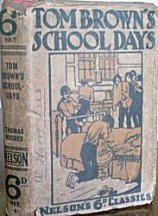

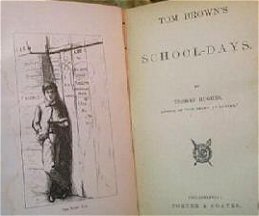

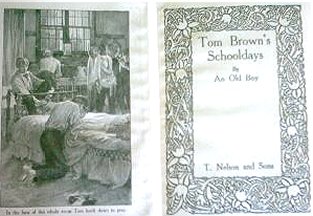
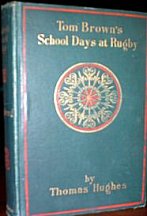
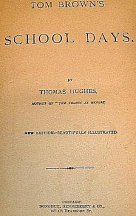
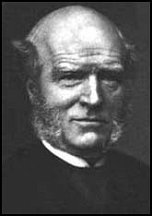
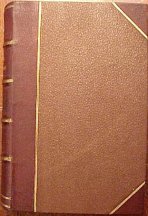
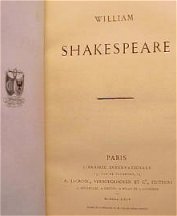
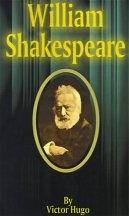
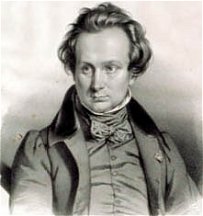
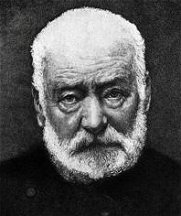
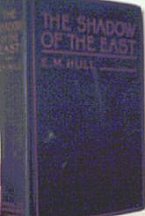
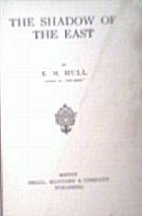
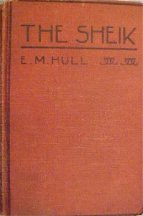
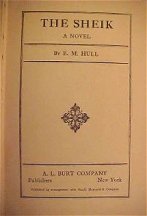
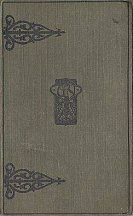
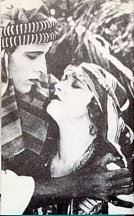
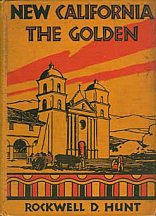
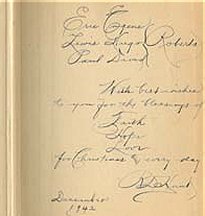
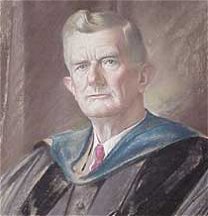
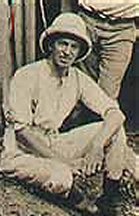
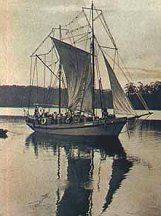
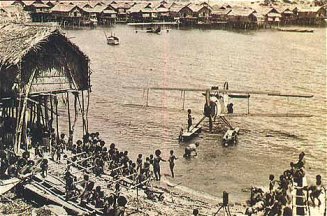
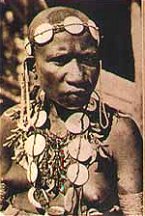
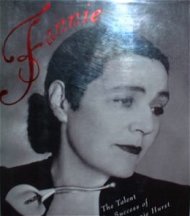
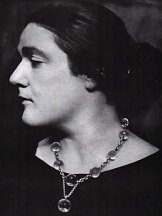 Fannie
Hurst had a very active career that spanned over fifty years. She had
written seventeen novels, nine volumes of short stories, three plays, many
articles, speaking engagements, a television talk show and collaborated
on a number of films. She was born on October 18, 1889, in Hamilton, Ohio.
She was the only child of Rose and Samuel Hurst, who was a successful manufacturer
of shoes. Her parents were Bavarian-Jews, who immigrated to the United
States in 1860. Fannie Hurst was raised in St. Louis, Missouri, in a "middle-western
world of assimilated Jews." After receiving her A.B. degree from Washington
University in St. Louis, in 1909, she went to Columbia University for graduate
courses. Despite the objections of her parents, she left for New York in
1910.
Fannie
Hurst had a very active career that spanned over fifty years. She had
written seventeen novels, nine volumes of short stories, three plays, many
articles, speaking engagements, a television talk show and collaborated
on a number of films. She was born on October 18, 1889, in Hamilton, Ohio.
She was the only child of Rose and Samuel Hurst, who was a successful manufacturer
of shoes. Her parents were Bavarian-Jews, who immigrated to the United
States in 1860. Fannie Hurst was raised in St. Louis, Missouri, in a "middle-western
world of assimilated Jews." After receiving her A.B. degree from Washington
University in St. Louis, in 1909, she went to Columbia University for graduate
courses. Despite the objections of her parents, she left for New York in
1910.








